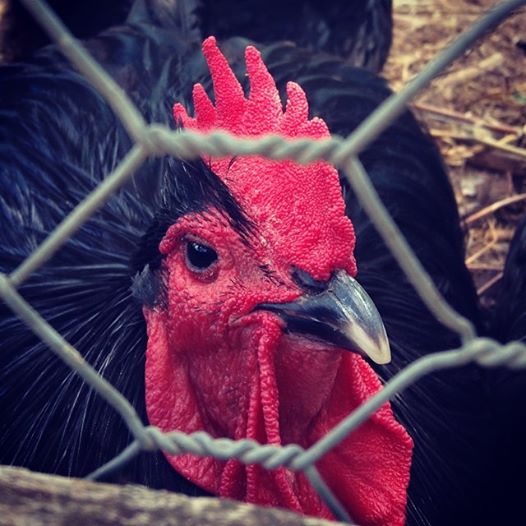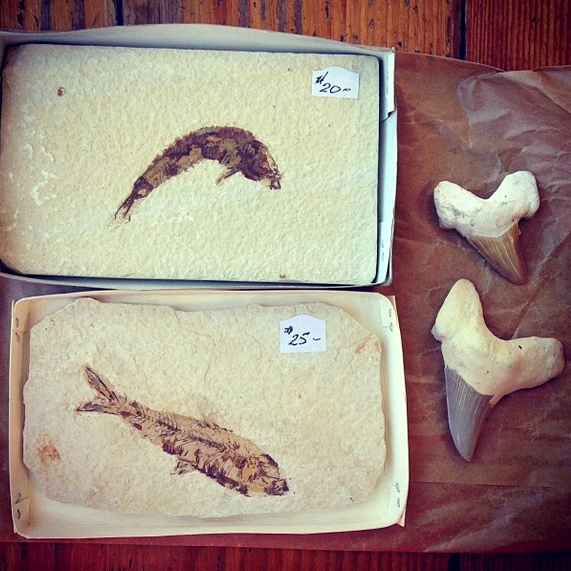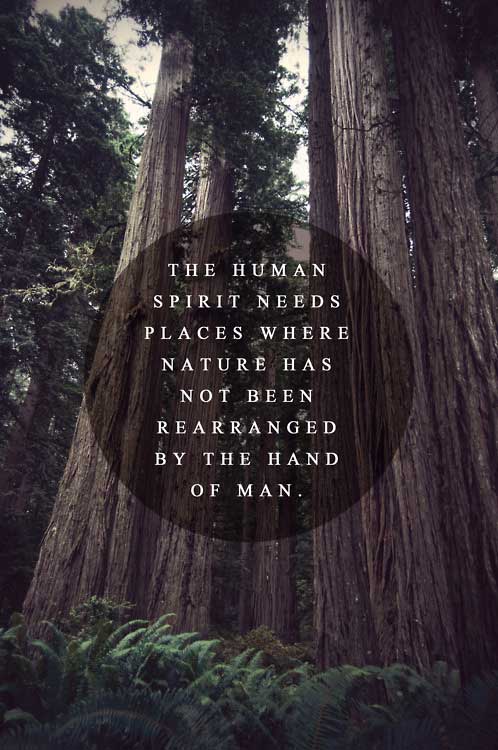Tag Archives: nature photography
Painting the town gold
Some pictures of Golden Wattle in strange morning light. This flowering tree is the official Floral Emblem of Australia, and, at this time of year, you can spot them everywhere – with blossoms ranging in colour from bright, neon yellow to a deep amber hue.
Can you spot the flying insects in the photographs?
A touch of frost
Touring Toolangi
Last S unday I went on a tour of Toolangi State Forest (situated in Victoria’s Central Highlands), led by a small team of passionate campaigners from The Wilderness Society Victoria. Persistent rain and leeches aside, it was a breathtaking and, at times, heartbreaking experience. I witnessed the decimation of areas of the forest that had been sacrificed to logging, alongside the magnificence of untouched old growth such as the Kalatha Giant. I saw frogs, fungi and birds; ate pepperberries. I went away wondering how anyone could gaze up at a towering, four hundred year old tree flanked by a dense, ferny understory and not be awestruck. How it was possible to feel comfortable in condemning entire species to extinction if it could be so easily avoided. How the destruction of complex ecosystems in the pursuit of monetary gain could ever be morally or ethically justifiable.
unday I went on a tour of Toolangi State Forest (situated in Victoria’s Central Highlands), led by a small team of passionate campaigners from The Wilderness Society Victoria. Persistent rain and leeches aside, it was a breathtaking and, at times, heartbreaking experience. I witnessed the decimation of areas of the forest that had been sacrificed to logging, alongside the magnificence of untouched old growth such as the Kalatha Giant. I saw frogs, fungi and birds; ate pepperberries. I went away wondering how anyone could gaze up at a towering, four hundred year old tree flanked by a dense, ferny understory and not be awestruck. How it was possible to feel comfortable in condemning entire species to extinction if it could be so easily avoided. How the destruction of complex ecosystems in the pursuit of monetary gain could ever be morally or ethically justifiable.
Why protect Toolangi?
Toolangi is a precious habitat to many rare and threatened species, perhaps the most famous being Victoria’s endangered faunal emblem – the Leadbeater’s or ‘Fairy’ Possum – which nests in hollows in old Mountain Ash trees (the world’s tallest flowering tree).
These mountain ash forests have flourished along the Great Divide under rich rainfall patterns. They provide most of Melbourne’s drinking water [and] have been scientifically shown to be among the most carbon-dense forests on Earth…
Great Forest National Park website
The State-sanctioned logging that takes place in Toolangi is for the purposes of producing cheap copy paper. The cost of removing native forest is much higher – for our climate, water supply and wildlife. There is absolutely no excuse to destroy native forest when viable alternatives (such as plantation timber) exist.
How you can help
- Support the Great Forest National Park initiative
- Take the Ethical Paper pledge
Here are some photographs that my partner and I took on the tour. If you’re interested knowing more, and would like to attend a future forest trip or make the journey yourself, follow The Wilderness Society Victoria on facebook. You can also download the beautifully-designed Toolangi State Forest Self-Drive Map.
Group shot!
Photo of the day
Dave of the Antarctic
I chat to Dave, an ocean modeller, about his recent scientific expedition in Antarctica.

David Gwyther. Photographs by Dave.
How long was the trip, and how much of that time was spent at sea?
We left Hobart at the end of January aboard the R/V Nathaniel B. Palmer and returned to port mid-March. We sailed south from Hobart, towards the Mertz Glacier, where we spent approximately a week conducting science. We then made our transit westward to the Totten Glacier region (which is approximately south of Perth). We spent the rest of the time in the large bay near the Totten Glacier conducting science. In total, we spent close to 6 and a half weeks at sea. As you can imagine, there are very few places to dock down there – the only places we could have pulled into would have been the French research base, Dumont d’Urville, or the Australian research station, Casey. However, these locations were a large way off course for us, and were never in the plan to visit. We had to be self-sustainable for the whole time at sea. When you think about it, this is a pretty significant undertaking! For example, the cooks on board did an amazing job of keeping fruit fresh, even towards the very end of the trip. Apparently, they would go down to the storage room every day and rotate every apple in storage so that it would not rot!
How did you fare being on the boat? What personal challenges did you face?
The biggest challenge I faced was seasickness. I had only been on a large ship once before – the Interislander across the Cook Strait between the South and North Island of New Zealand. I got pretty sick, even though it was a short trip. So I had a fairly strong expectation that I’d get sick again this time! I visited the GP then the pharmacy in Hobart and got all of the seasickness meds I could. Following medical advice, I started taking the medications almost a day before we left port. However, almost as soon as we were out of the Derwent River I began to feel ill. As we sailed south, I just got sicker and ended up spending almost 3 days between the bathroom and bed! I wasn’t getting any better, and one of my mates decided he’d go and find me a seasickness patch. These patches aren’t sold in Australia but one of my friends had brought some from the USA. I put the patch on behind my ear, and within 2-3 hours, I was up, very hungry and feeling SO much better! Luckily, much of the voyage was spent within the sea ice, where most of the swell and waves were diminished. I learnt my lesson for the transit back to Hobart across the Southern Ocean – I put a new patch on, and actually had a fun time in the BIG waves on the way back!
What wildlife did you spot down in the Antarctic?
What was the most amazing sight you observed?
For me, hands-down the most amazing sight was the Aurora Australis. We saw several good Aurorae on our voyage, but one in particular stood out in my memory. We were on the nightshift, which meant we worked from a bit before midnight until just after noon. As you can imagine it was a very long ‘work day’, and made especially hard in that we didn’t get a whole lot of daylight. However, one benefit was that we saw some amazing aurorae! One particular aurora was incredibly bright and vividly green – we sat out on the bow of the boat and just stared at it. The other benefit of nightshift was that we had both the sunset and sunrise on our shift. Consequently, I got some amazing photos of the sun setting and rising over icebergs, penguins, sea ice and/or the Southern Ocean!
Did you happen to spot any vessels belonging to the Sea Shepherd or Japanese whaling fleet while you were passing through the Southern Ocean?
We didn’t see any Sea Shepherd or Japanese whaling fleet vessels. However, we did see the French research vessel (L’Astrolabe) and the Australian icebreaker (Aurora Australis). The fact that we happened to pass by these vessels – literally and figuratively in the middle of nowhere – is just astounding. The Southern Ocean is a ridiculously BIG place!
Would you do it again?
I would absolutely do it again. I learnt so much from my time on board. In particular I gained a large amount of field work experience, which I feel has improved my understanding of how the ocean works. Next time however, I’ll make sure that one of my US mates brings me some of those seasickness patches!
Quote of the day
Today
I have always depended on the kindness of strangers.

Weekend snapshots
Nearly at the end of a long weekend wisely spent, at the markets (Farmers Market and Camberwell Markets) and around animals (Collingwood Children’s Farm and CERES Environment Park). That is, when I wasn’t studying, drafting media releases or essay-writing! Here are two of my favourite photos from the weekend; the first was taken at Collingwood Children’s farm (which is a bit of a misnomer, because I’m an adult and I go there all the time and LOVE IT!) and some of my market buys.

Hey good lookin'...whatcha got chookin'? Keeping cool in the shade with the rest of the flock.

The fish are 50 million years old, and those are the teeth of ancient sharks. I couldn't afford the Megalodon tooth, which was roughly the size of my palm!



























